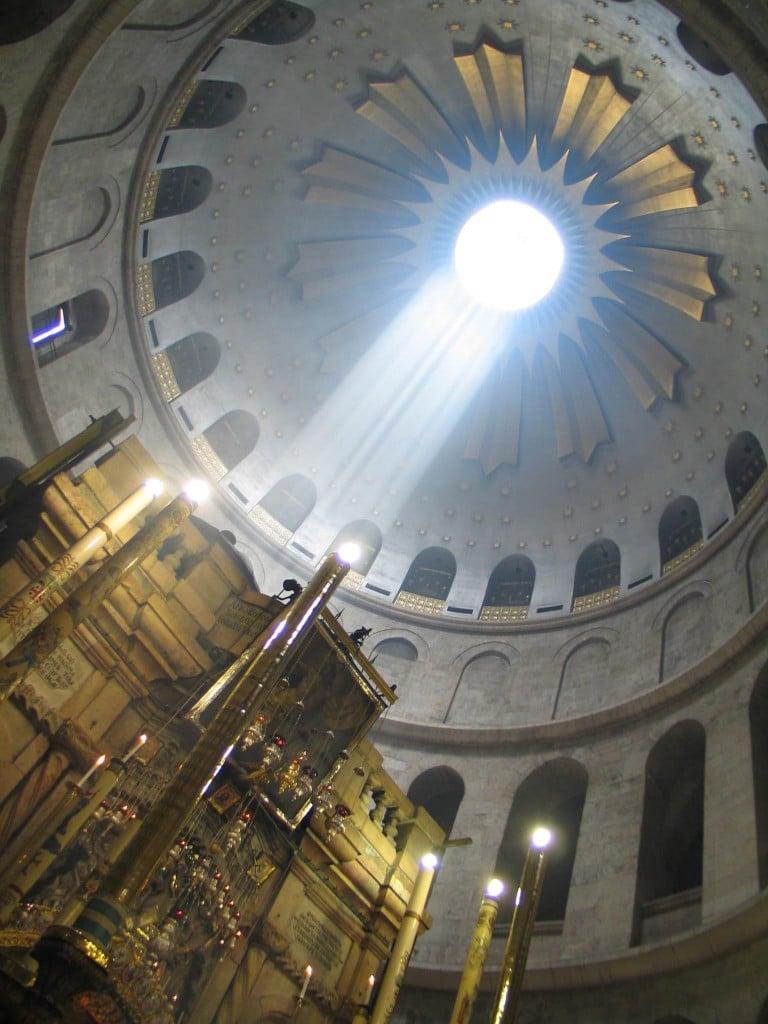At the end of the week of prayer for Christian unity, we publish an article on the Holy Sepulcher in Jerusalem, which is the home of all Christians in the world. We do this from a particular perspective.
Imagine a very special condo, where families of different nationalities live together. Each has its own habits, rhythms and different food habits, each has a different way of educating their children. In this condo, the too noisy neighbor will surely happen, who keeps the music at a high level, the neighbor who wants to use the courtyard at all costs, or the one with children who never stand still and cackle on the stairs. All this, cultural and social differences and those due to personal character or past experiences will certainly create many conflicts and certainly some more heated quarrels.
The Holy Sepulcher in Jerusalem today is similar to that condominium: here too different Christian confessions have coexisted for a long time and as in a condominium they often find themselves discussing more or less animatedly, on the times of the liturgy, on the right to occupy a space rather than a other, or simply because this or that monk of another confession does not respect the Status Quo (the regulation signed in 1852 which orders life inside the basilica).
At first glance, therefore, some might think that the Holy Sepulcher of Jerusalem, the place most dear to Christians from all over the world, the place that houses the - empty - tomb of Christ, is just like a condominium with neighbors who have lost sight of the important things and think only of making war.
In reality, it would be enough to change the perspective with which one looks at this important place. The Basilica of the Holy Sepulcher is truly the place where Jesus died and rose and is the reason why all these different confessions find themselves living together.
This is what makes it unique and certainly totally different from the condominium we imagined. It is truly a home for all Christians because only here do all these communities live together, like nowhere else. All come together precisely where the life of every Christian takes on physicality and meaning. The disagreements, the quarrels, the differences are often a legacy of history, a story made of mutually inflicted wounds, healed by that place, origin of Hope, which brings together the Greek and the Armenian, the Ethiopian and the Catholic, the Coptic and Maronite, and all thirteen denominations that inhabit the Constantinian church.
We only hear about quarrels, but there are also moments of great unity. A recent example that has seen the communities working side by side are the restoration works of the basilica, which began in 2016 with the shrine of the Resurrection and today involve the flooring and the structure of the Basilica. It is all part of the contradictory charm that animates the history of this place, where lives and destinies of different people intertwine, where what unites is greater than what divides.
FIND OUT OUR ONGOING ACTIVITIES FOR THE PRESERVATION OF THE HOLY PLACES!


















